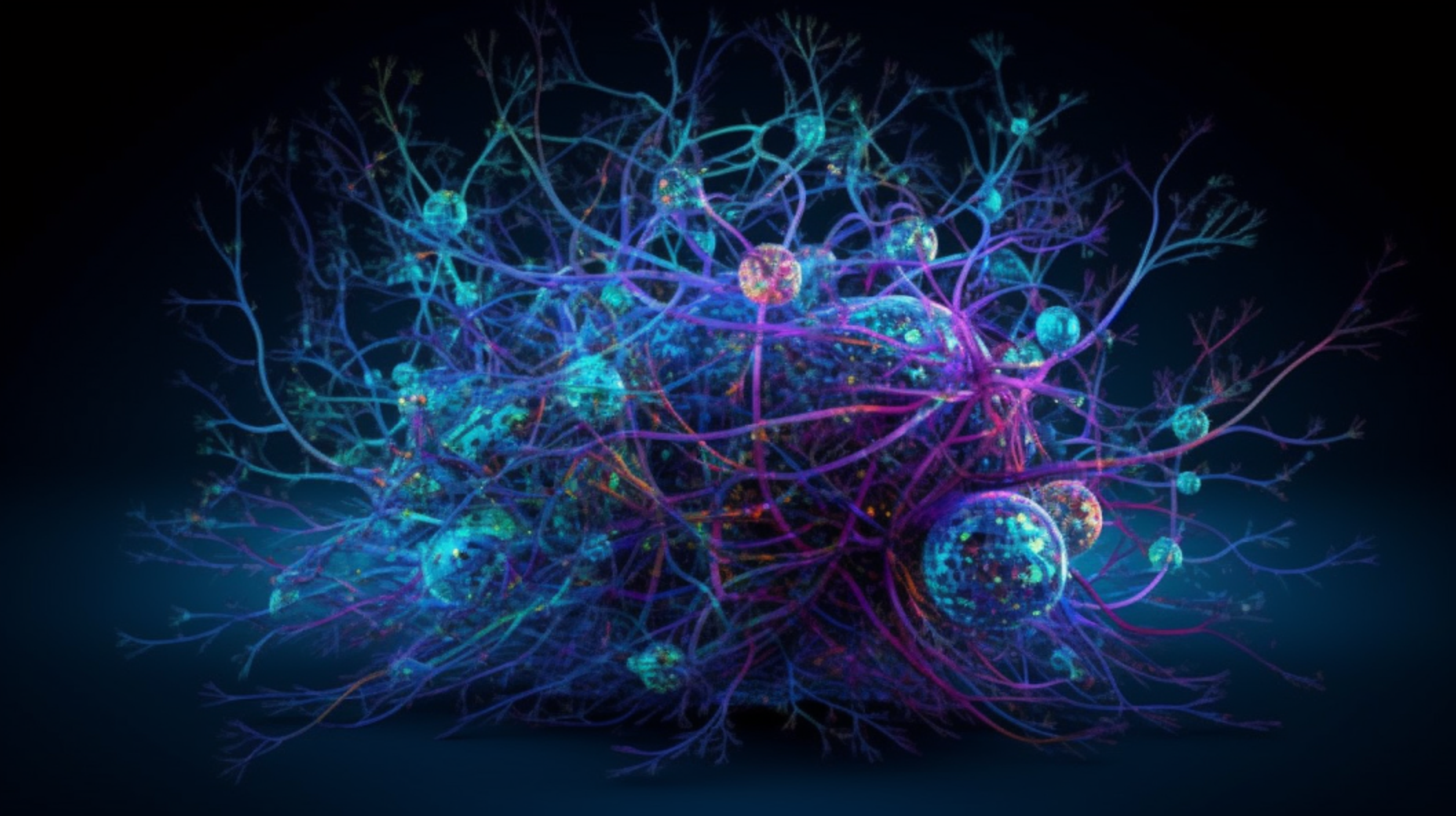Lesson 1
Introduction to Generative Adversarial Networks
Introduction to this course, prerequisites, and your course instructor.

Course
Learn to understand and implement a Deep Convolutional GAN (generative adversarial network) to generate realistic images, with Ian Goodfellow, the inventor of GANs, and Jun-Yan Zhu, the creator of CycleGANs.
Learn to understand and implement a Deep Convolutional GAN (generative adversarial network) to generate realistic images, with Ian Goodfellow, the inventor of GANs, and Jun-Yan Zhu, the creator of CycleGANs.
Intermediate
4 weeks
Real-world Projects
Completion Certificate
Last Updated July 25, 2024
Skills you'll learn:
Prerequisites:
Lesson 1
Introduction to this course, prerequisites, and your course instructor.
Lesson 2
Ian Goodfellow, the inventor of GANs, introduces you to these exciting models. You'll also implement your own GAN on the MNIST dataset.
Lesson 3
In this lesson, you'll implement a Deep Convolution GAN to generate complex color images.
Lesson 4
Jun-Yan Zhu, one of the creators of the CycleGAN, will lead you through Pix2Pix and CycleGAN formulations that learn to do image-to-image translation tasks.
Lesson 5
In this lesson, you will implement more advanced GAN architectural techniques that have had a significant impact on the realism of generated images.
Lesson 6 • Project
Define two adversarial networks, a generator, and a discriminator, and train them until you can generate realistic faces.

Sr Deep Learning Engineer
Thomas is originally a geophysicist but his passion for Computer Vision led him to become a Deep Learning engineer at various startups. By creating online courses, he is hoping to make education more accessible. When he is not coding, Thomas can be found in the mountains skiing or climbing.
Combine technology training for employees with industry experts, mentors, and projects, for critical thinking that pushes innovation. Our proven upskilling system goes after success—relentlessly.

Demonstrate proficiency with practical projects
Projects are based on real-world scenarios and challenges, allowing you to apply the skills you learn to practical situations, while giving you real hands-on experience.
Gain proven experience
Retain knowledge longer
Apply new skills immediately

Top-tier services to ensure learner success
Reviewers provide timely and constructive feedback on your project submissions, highlighting areas of improvement and offering practical tips to enhance your work.
Get help from subject matter experts
Learn industry best practices
Gain valuable insights and improve your skills

Full Catalog Access
One subscription opens up this course and our entire catalog of projects and skills.
Average time to complete a Nanodegree program
4 weeks
, Intermediate
4 weeks
, Intermediate
4 weeks
, Intermediate
1 month
, Intermediate
4 weeks
, Beginner
4 weeks
, Intermediate
4 months
, Intermediate
4 weeks
, Intermediate
(909)
4 months
, Intermediate
(450)
3 months
, Advanced
7 hours
, Fluency
4 weeks
, Intermediate
4 weeks
, Intermediate
4 weeks
, Advanced
4 weeks
, Beginner
(328)
2 months
, Advanced

Building Generative Adversarial Networks
4 weeks
, Intermediate
4 weeks
, Intermediate
4 weeks
, Intermediate
1 month
, Intermediate
4 weeks
, Beginner
4 weeks
, Intermediate
4 months
, Intermediate
4 weeks
, Intermediate
(909)
4 months
, Intermediate
(450)
3 months
, Advanced
7 hours
, Fluency
4 weeks
, Intermediate
4 weeks
, Intermediate
4 weeks
, Advanced
4 weeks
, Beginner
(328)
2 months
, Advanced